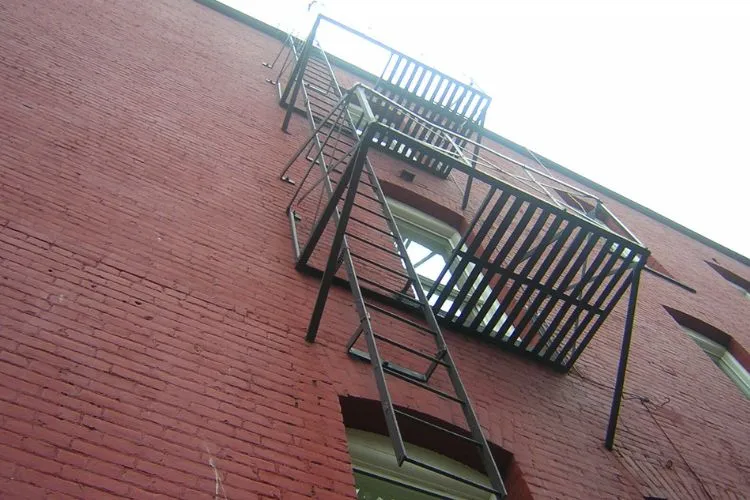Imagine a scenario where you and your loved ones are suddenly awakened in the middle of the night by the sound of smoke alarms blaring and the acrid smell of smoke filling your home.
A fire is raging, and your primary escape route is blocked. In moments like these, having a reliable means of escape can make all the difference between life and death.
This is where fire escape ladders come into play – they are a crucial component of any comprehensive fire safety plan, providing a secure way to exit upper floors when traditional escape routes are compromised.

Understanding Fire Safety
Before delving into the specifics of fire escape ladders, it’s important to recognize the significance of fire safety. Home fires can happen to anyone, at any time, with devastating consequences.
In the United States alone, there were approximately 353,500 residential fires in 2021, resulting in 2,840 deaths and over 11,500 injuries. These numbers underscore the critical importance of being prepared for emergencies.
Having a fire escape plan in place is the first step in ensuring the safety of your household. This plan should include identifying alternative escape routes, designating a meeting point, and equipping your home with essential fire safety equipment, including smoke detectors, fire extinguishers, and, of course, fire escape ladders.
What Are Fire Escape Ladders?
Fire escape ladders are specialized devices designed to provide a quick and safe means of escape from upper floors during a fire or other emergency. They are an essential addition to your home’s safety toolkit and can mean the difference between getting out safely or being trapped in a dangerous situation.

Types of Fire Escape Ladders
There are two primary types of fire escape ladders: portable and permanent.
